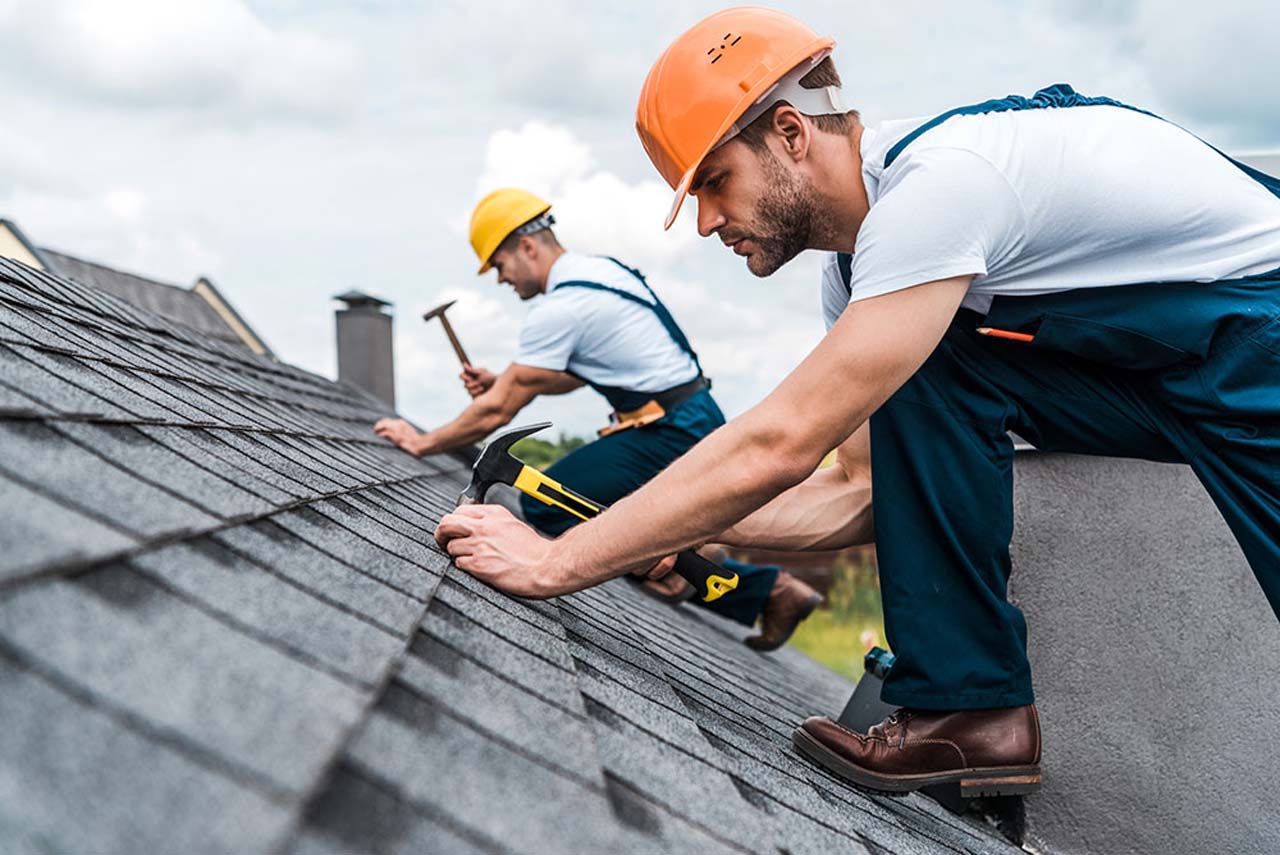From time to time, it’s inevitable that your roof will have some issues. However, as an experienced contractor specializing in roof repair in Pasadena and surrounding areas, it’s essential to know how to fix a leaking roof from the inside. If something happens to your roof, you can be prepared to solve the problem rather than let it grow worse and worse until you must call in the pros for more expensive repairs. This guide on how to fix a leaking roof from the inside will teach you what you need to know.
Table of Contents
Checking Your Gutters
A good way to begin assessing your roof is by looking at your gutters. Are they clean or clogged with debris? If so, that’s a sign that you need maintenance. Also, be sure to check for other signs of leaks or damage on your roof, such as:
- Wood Rot
- Discoloration
- Sagging
- Bulging
- Warping
- Roof Pitch or Grade Problems
- Curling or Buckling
Remove Standing Water
Don’t just ignore standing water, which can cause mold and mildew. Removing water is an easy way to prevent roof damage. Roofing companies in Long Beach will likely use a squeegee or mop head with wide suction cups or squeegee-shaped blades on them. They’ll pull it back and forth across your rooftop in smooth motions at no more than 3 miles per hour.
This takes care of water and cleans off any dirt that may have gathered on your roof over time. If you haven’t yet reached peak summertime temperatures, try aiming a fan directly at your roof while cleaning—it can help speed up drying time and even prevent additional damage.
Patch The Leaking Roof
The leaky roof caused by water damage can be devastating. If you have not done so already, immediately contact the local roof contractor to care for your roof. If you are lucky enough that it is only a tiny area, it might be easier to patch it. However, before doing anything, remove all the standing water, and all items in your home are safe and out of harm’s way.
Also Read: How To Fix A Leaking Roof
A Process For Fixing Leaky Gutters
A leaky gutter can be annoying, but it’s also just as bad for your roof as it is for your gutters. The runoff that gets past your gutter will seep into and eventually cause damage to your shingles and roof decking. Here are some tips for helping you locate and fix leaky gutters:
Clean debris from your gutters. Also, clean out as much of any vegetation that has grown over or into your gutter. The more obstructions there are in your gutter, the less likely water is going to be able to flow through it without issues.
If your roof is not properly secured, or even if water pressure is coming from higher up in your home. If you identify any of these conditions on your own and try to fix them, you may still have leaky gutters because there could be more severe damage.
The Most Common Causes of Leaks
A roof contractor in Downey offers several tips on how you can best identify and repair leaks yourself, no matter where they are or what caused them. If you know you’re dealing with a leak, find it first.
Look for missing or chipped shingles, curls in your roof deck, discoloration of wood underneath your asphalt shingles, and pooling water in areas where it doesn’t belong. The above contractor also recommends keeping an eye out for dripping water.
You can usually hear when something is wrong—like a dripping sound. If you suspect a leak but can’t hear anything, try using a flashlight at night and shining it through any cracks in your ceiling and baseboards.
If you find leaks, stop them before they get worse by repairing them immediately. It would help if you stayed cautious against waiting too long because even minor leaks can cause significant damage over time.
The Best Ways To Deal With Water Damage
Water damage can sneak up on you, especially if your roof is in need of repair. The next time you step into your bathroom or kitchen, take a closer look at your ceiling—chances are, you’ll see water damage before it gets too out of hand. To avoid large water-related issues and costly repairs (which many homeowners insurance policies won’t cover), it’s smart to inspect your roof and signs of wear and tear regularly. However, there are ways to deal with these issues before they become serious problems.

